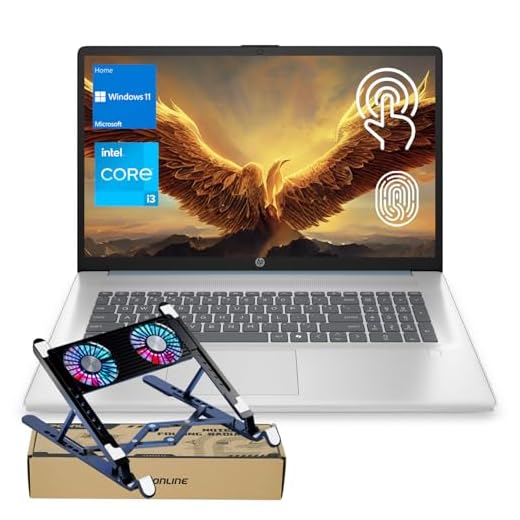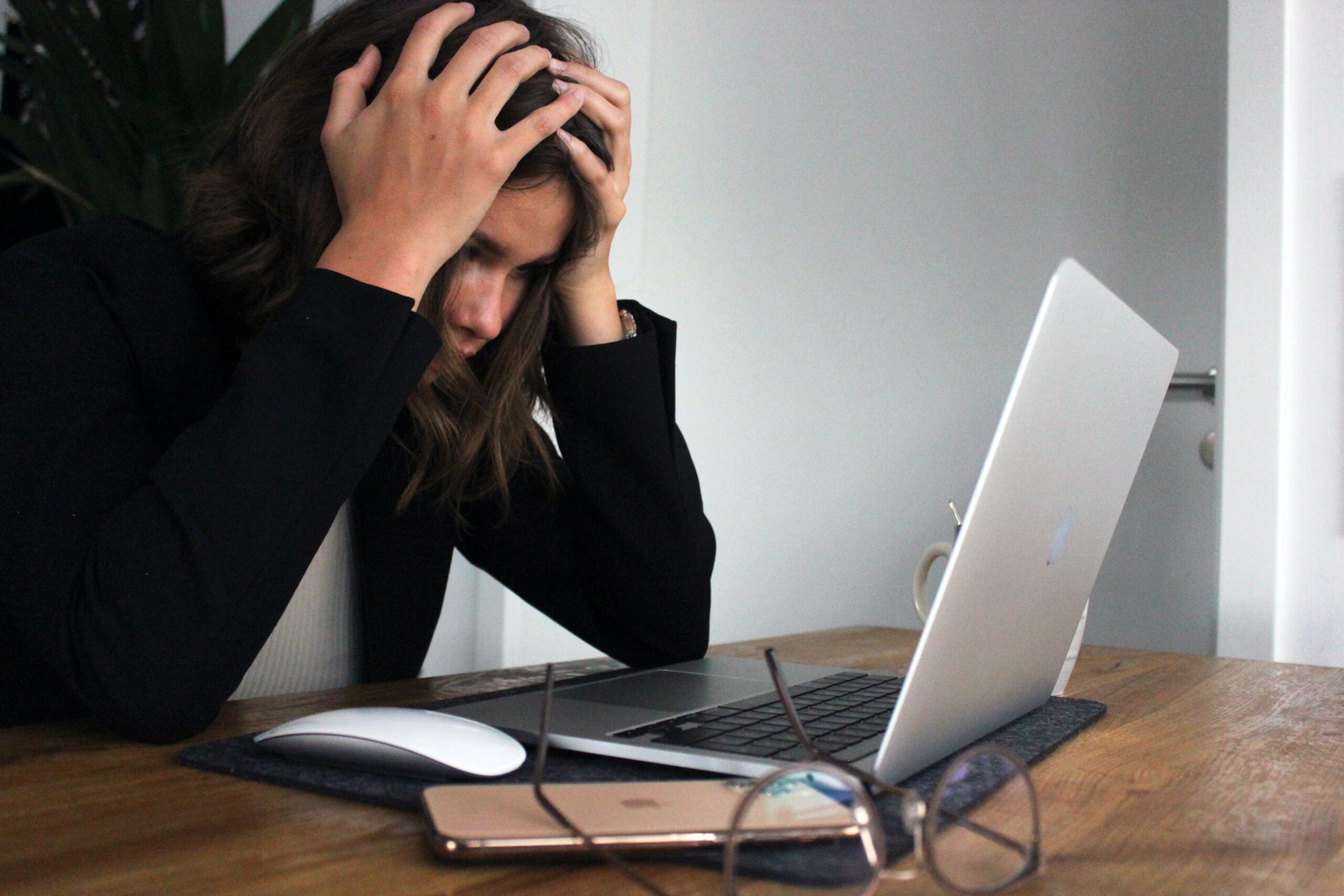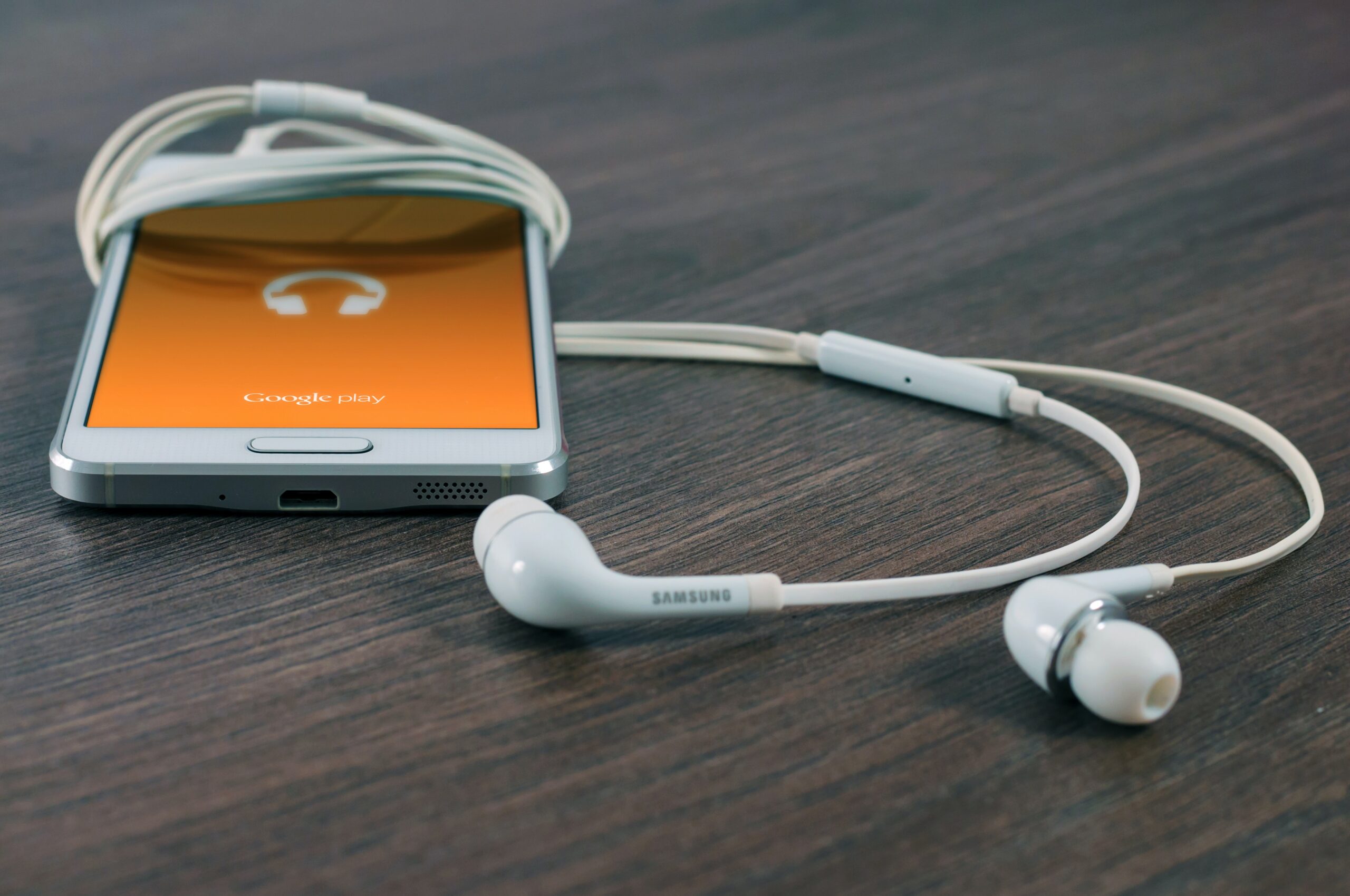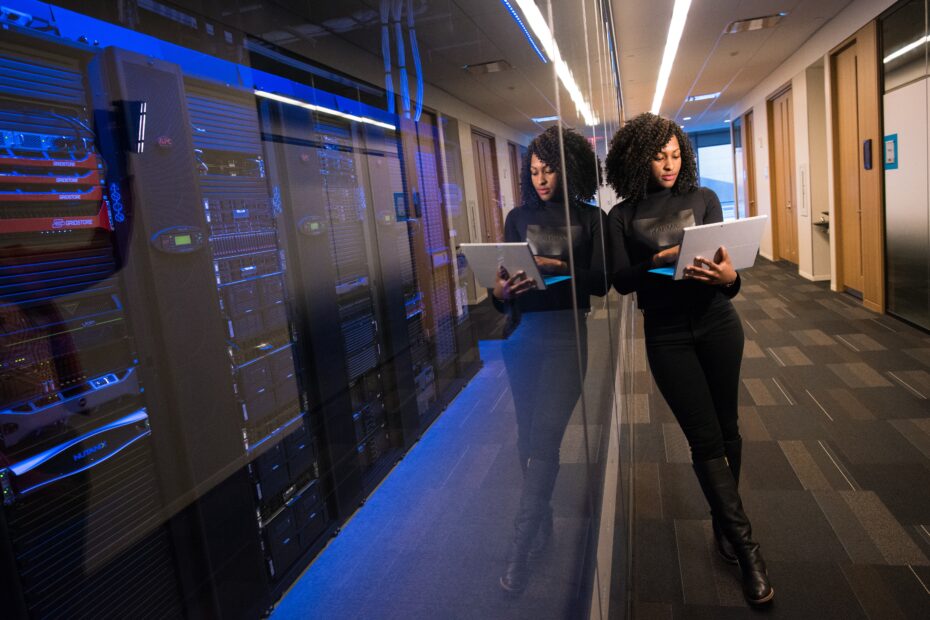







Are you in the market for a new laptop but unsure which screen size is the best fit for you? Look no further! In this article, we will explore the various laptop screen sizes – 11″, 13″, 15″, and 17″ – and help you determine which one will suit your needs and preferences the best. By the end, you’ll have a clear understanding of which laptop screen size is the perfect fit for you. So, let’s get started!

Understanding Screen Size
Explanation of screen size measurement
Screen size refers to the diagonal measurement of a laptop’s display. It is typically measured in inches and represents the distance between opposite corners of the screen. Understanding screen size is important as it plays a significant role in determining the overall user experience, portability, and performance of a laptop.
How diagonal measurement works
The diagonal measurement of a laptop screen is calculated by measuring the distance from one corner of the screen to the opposite corner, in a straight line. This measurement provides an accurate representation of the physical size of the display. It is essential to consider the diagonal measurement rather than just the width or height, as it takes into account the proportion of the screen and provides a standard comparison metric across different laptop models.
Difference between screen size and resolution
It’s important to differentiate between screen size and screen resolution. While screen size refers to the physical measurement of the display, screen resolution refers to the number of pixels contained within the screen. A higher resolution typically results in sharper and more detailed images. However, the resolution alone does not determine the overall size of the screen.
Small Screens: 11 inches
Pros of 11 inch laptops
- Portability: 11 inch laptops are incredibly portable and lightweight, making them ideal for frequent travelers or individuals always on the go.
- Compact design: With their small form factor, 11 inch laptops are perfect for individuals with limited desk or bag space.
- Energy efficiency: Smaller screens tend to consume less power, resulting in longer battery life.
- Affordability: 11 inch laptops generally come at a lower price point compared to larger alternatives, making them a budget-friendly option.
Cons of 11 inch laptops
- Limited screen real estate: Due to their small size, 11 inch laptops offer less screen space for multitasking or viewing content.
- Reduced comfort for prolonged usage: The smaller screen may lead to eyestrain or discomfort when working on tasks that require extended periods of time.
Ideal users for 11 inch laptops
11 inch laptops are well-suited for users who prioritize portability and travel frequently. Students, business professionals, and individuals who primarily use their laptops for basic tasks such as web browsing, word processing, and content consumption may find 11 inch laptops to be a suitable choice.
Popular 11 inch laptop models
Some popular 11 inch laptop models include the MacBook Air 11, Dell XPS 13, and HP Pavilion x360.
Compact yet Capable: 13 inches
Pros of 13 inch laptops
- Balance of portability and usability: 13 inch laptops offer a good balance between portability and screen real estate, making them suitable for both work and travel.
- Enhanced multimedia experience: The slightly larger screen size of 13 inch laptops allows for a more immersive multimedia experience, whether it be watching movies or editing photos.
- Increased productivity: With more screen space than 11 inch laptops, users can comfortably multitask and work on multiple applications simultaneously.
Cons of 13 inch laptops
- Still relatively small for extensive multitasking: While 13 inch laptops offer more screen space than their smaller counterparts, intense multitasking or resource-intensive applications may still require larger displays.
- Reduced battery life compared to smaller laptops: The larger screen size of 13 inch laptops generally results in higher power consumption, leading to shorter battery life.
Ideal users for 13 inch laptops
13 inch laptops are well-suited for a wide range of users, including students, professionals, and casual users who require a balance between portability and usability. They are particularly suitable for individuals who frequently work on tasks that require more screen space, such as content creation, programming, or graphic design.
Popular 13 inch laptop models
Some popular 13 inch laptop models include the MacBook Pro 13, Lenovo ThinkPad X1 Carbon, and Microsoft Surface Laptop.
The Midway: 15 inches
Pros of 15 inch laptops
- Ample screen real estate: 15 inch laptops provide a significantly larger screen size compared to their smaller counterparts, allowing for enhanced productivity and multitasking capabilities.
- Suitable for multimedia and gaming: The larger display of 15 inch laptops delivers a more immersive multimedia experience, making them ideal for watching movies, gaming, and editing videos or photos.
- More comfortable for longer usage: The larger screen size of 15 inch laptops generally provides better ergonomics and reduces eye strain, especially when working for extended periods.
Cons of 15 inch laptops
- Less portable: Due to their larger size and weight, 15 inch laptops are less portable and may not be as convenient for frequent travel or use on-the-go.
- Lower battery life: The larger display and increased power consumption generally result in shorter battery life compared to smaller laptops.
Ideal users for 15 inch laptops
15 inch laptops are suitable for individuals who prioritize screen real estate and require a more extensive workspace for tasks such as video editing, gaming, or data analysis. They are commonly preferred by professionals working in creative fields, gamers, and anyone who requires a larger display for their work or entertainment activities.
Popular 15 inch laptop models
Some popular 15 inch laptop models include the Dell XPS 15, HP Spectre x360, and ASUS ZenBook Pro.

The Big Screen: 17 inches
Pros of 17 inch laptops
- Expansive display: 17 inch laptops offer an incredibly large screen size, providing an expansive workspace and allowing for increased productivity and multitasking capabilities.
- Ideal for immersive gaming and entertainment: The larger screen size of 17 inch laptops is particularly appealing to gamers, as it offers a more immersive gaming experience. It is also perfect for individuals who enjoy watching movies or editing videos/photos.
- Improved visibility for people with visual impairments: The larger screen size can greatly benefit individuals with visual impairments, as it provides a larger display that is more suitable for reading and viewing content.
Cons of 17 inch laptops
- Limited portability: 17 inch laptops are significantly larger and heavier than their smaller counterparts, making them less portable and more challenging to transport.
- Reduced battery life: The larger screen size and higher power consumption of 17 inch laptops result in reduced battery life compared to smaller laptops.
Ideal users for 17 inch laptops
17 inch laptops are primarily suitable for users who require a large display for their work, entertainment, or gaming needs. They are popular among professionals working with complex datasets, gamers who value a more immersive experience, and individuals with visual impairments who benefit from a larger screen size. However, due to their size and weight, they are not recommended for frequent travelers or individuals who prioritize portability.
Popular 17 inch laptop models
Some popular 17 inch laptop models include the MSI GT75 Titan, Alienware Area-51m, and ASUS ROG G703.
Comparing Laptop Sizes
11 inch vs 13 inch
When comparing 11 inch laptops to 13 inch laptops, there are several key factors to consider. 11 inch laptops offer the advantage of extreme portability and affordability, making them ideal for individuals constantly on the move or with a limited budget. However, the smaller screen size of 11 inch laptops can limit productivity and may not be suitable for users who require more screen space for multitasking or content creation.
On the other hand, 13 inch laptops strike a balance between portability and usability. They offer a slightly larger screen size compared to 11 inch laptops, allowing for improved productivity and a more immersive multimedia experience. While still highly portable, 13 inch laptops may be a better choice for individuals who require a more comfortable workspace and enhanced visibility.
13 inch vs 15 inch
The decision between a 13 inch laptop and a 15 inch laptop depends on the user’s specific needs and preferences. 13 inch laptops are suitable for individuals who prioritize portability but still need a larger screen size for tasks such as content creation and multitasking. The compact yet capable nature of 13 inch laptops makes them a popular choice for students, professionals, and casual users alike.
On the other hand, 15 inch laptops provide a more extensive workspace and enhanced multimedia capabilities. They are perfect for professionals working with complex datasets, gamers, or individuals who simply prefer a larger screen for their work or entertainment needs. However, it’s essential to consider the trade-off in terms of portability, as 15 inch laptops are less portable and may not be as convenient for travel or use on-the-go.
15 inch vs 17 inch
When comparing 15 inch laptops to 17 inch laptops, the primary differentiating factor is the screen size. 17 inch laptops offer an incredibly large display that provides an expansive workspace and an immersive multimedia experience. They are ideal for professionals who require a significant amount of screen real estate, gamers who want a more immersive gaming experience, or individuals with visual impairments who benefit from a larger display.
However, the trade-off is that 17 inch laptops are significantly less portable and heavier compared to their smaller counterparts. They may not be suitable for frequent travelers or individuals who prioritize portability. 15 inch laptops offer a good balance between screen real estate and portability, making them a versatile choice for a wide range of users.
Impacts on performance and user experience
The size of a laptop screen can impact both performance and user experience. Smaller screens, such as those found on 11 or 13 inch laptops, may limit productivity due to the reduced screen real estate. It can be challenging to view multiple windows or applications simultaneously, leading to more time spent switching between tasks.
Larger screens, such as those found on 15 or 17 inch laptops, provide a more extensive workspace and increased visibility, which can enhance productivity and multitasking capabilities. However, it’s important to note that larger screens often require more power, which can impact battery life. Additionally, the physical size and weight of larger laptops can make them less portable and potentially less comfortable for extended periods of use.

Screen Resolution and Laptop Size
What is screen resolution
Screen resolution refers to the number of pixels displayed on a laptop screen, typically represented by two numbers (e.g., 1920×1080). These numbers indicate the horizontal and vertical pixel count, determining the overall clarity and sharpness of the displayed content.
How size and resolution relate
While laptop size and screen resolution are not directly related, they can impact the overall visual experience. A larger laptop screen with a higher resolution generally results in sharper and more detailed images. This is because a higher resolution allows for more pixels to be packed into the display area, resulting in better clarity and fine details.
However, it’s important to consider that the benefits of higher resolution may be more noticeable on larger screens. On smaller screens, such as those found on 11 or 13 inch laptops, the difference in resolution may not be as noticeable or impactful. Therefore, it’s essential to balance the desired screen size and resolution based on personal preferences and specific usage requirements.
How different resolutions affect display on different size screens
Different resolutions can have varying effects on the display quality, depending on the size of the laptop screen. On smaller screens, such as those found on 11 or 13 inch laptops, a lower resolution may still provide satisfactory image quality and sharpness. Higher resolutions on these smaller screens may result in smaller text and icons, which could lead to reduced visibility and usability.
On larger screens, such as those found on 15 or 17 inch laptops, higher resolutions can significantly enhance the visual experience by providing sharper details and increased clarity. Larger screens can accommodate higher pixel densities, resulting in more immersive multimedia experiences, crisper text, and better color reproduction.
Ultimately, users should consider their specific needs, budget, and intended usage when determining the appropriate screen size and resolution for their laptop.
Portability and Laptop Size
How size affects portability
Laptop size directly impacts portability. Smaller laptops, such as those with 11 or 13 inch screens, are generally more portable and lightweight, making them easier to carry in bags or backpacks. These compact laptops are highly suitable for individuals constantly on the move, such as students or frequent travelers.
On the other hand, larger laptops with 15 or 17 inch screens are bulkier and heavier, making them less convenient to transport. They require larger bags and may be less comfortable to carry for long periods. These laptops are better suited for individuals who do not require frequent portability or prioritize screen real estate for their work or multimedia needs.
Portability vs performance trade-offs
When considering laptop size and portability, it’s important to understand the trade-off between portability and performance. Smaller laptops are highly portable but may sacrifice some performance capabilities due to their compact form factor. They may have less powerful processors, smaller batteries, or limited connectivity options compared to larger laptops.
Larger laptops, although less portable, tend to offer better performance and more robust specifications. They can accommodate more powerful processors, dedicated graphics cards, larger batteries, and additional ports. These features can greatly enhance performance for resource-intensive tasks like gaming, video editing, or professional software applications.
Therefore, users should assess their specific needs and consider whether portability or performance is a higher priority when selecting a laptop size.
Travel-friendly sizes
For those who frequently travel, laptop size becomes a crucial consideration. Smaller laptops with 11 or 13 inch screens are highly travel-friendly due to their compact form factor and lightweight nature. They can easily fit into carry-on luggage or backpacks, and their smaller size allows for more flexibility in finding space during travel.
Travel-friendly sizes also depend on personal preferences and specific travel requirements. Some individuals may prefer larger screens for entertainment purposes during long flights, while others may prioritize the lightest and most compact option possible. Ultimately, selecting a travel-friendly laptop size should be based on individual preferences and the specific needs of the traveler.
Best laptop sizes for students and professionals
The best laptop size for students and professionals depends on their specific needs and preferences. Both 13 inch and 15 inch laptops are popular choices for individuals in these categories.
For students, portability is often a crucial factor. 13 inch laptops strike a balance between screen real estate and portability. They are compact enough to fit into backpacks or purses, making them ideal for carrying to classrooms or libraries. Additionally, they offer enough screen space for document editing, web browsing, and multimedia consumption.
Professionals, depending on their field, may require larger screens for more complicated tasks. 15 inch laptops offer a more extensive workspace for multitasking, data analysis, or graphic design. They provide better visibility and increased productivity for professionals who rely on their laptops to complete complex projects.
Ultimately, the best laptop size for students and professionals will be determined by their specific requirements, whether it be portability or increased screen space for productive work.
Ergonomics and Laptop Size
How screen size affects ergonomics
Screen size plays a significant role in ergonomics, particularly in terms of comfort and visual experience. A larger screen size, such as those found on 15 or 17 inch laptops, allows for a better viewing experience by providing more screen real estate and reducing the need for excessive scrolling or zooming.
Smaller screens, such as those found on 11 or 13 inch laptops, may require users to strain their eyes or hunch over the laptop to view content. This can lead to increased eye fatigue, neck, or back pain in the long run, particularly during extended usage periods.
Viewing distance and screen size
The optimal viewing distance for a laptop depends on the screen size. For larger laptop screens, a viewing distance of about 20 inches (51 cm) is generally recommended. This distance allows the user to comfortably view the entire screen without excessive eye movement or strain.
Smaller laptop screens, on the other hand, can be comfortably viewed from a shorter distance of around 15 inches (38 cm). However, it’s important to note that frequent or prolonged usage at close distances may contribute to eye strain and discomfort.
Eye health considerations
Screen size, viewing distance, and other factors can impact eye health when using a laptop. Extended usage of laptops with smaller screens may lead to eyestrain, dry eyes, blurred vision, or other symptoms associated with digital eye strain.
Proper ergonomics and regular eye breaks are crucial to mitigate these issues. Adjusting the viewing distance and level of brightness, practicing the 20-20-20 rule (looking away from the screen every 20 minutes and focusing on an object 20 feet away for 20 seconds), and ensuring proper lighting can all contribute to maintaining healthy eyes while using laptops.
It is also essential to consult an eye care professional for personalized advice and recommendations regarding screen size, ergonomics, and eye health.
Financial Factor: Cost Vs Size
Price comparison of different size laptops
The cost of a laptop can vary depending on the size, specifications, brand, and additional features. Generally, smaller laptops with 11 or 13 inch screens tend to be more affordable compared to larger laptops with 15 or 17 inch screens. Smaller laptops often come with lower-end specifications and may lack certain features found in larger, more expensive models.
As the overall size increases, so does the cost. Larger laptops typically offer higher performance capabilities, better graphics, and more advanced features, which can significantly impact the price.
Cost-effectiveness of each size
Determining the cost-effectiveness of a laptop size depends on individual needs and preferences. Smaller laptops with 11 or 13 inch screens are often considered cost-effective due to their lower price points and compact form factor. They are ideal for individuals on a budget or those who prioritize portability over extensive performance capabilities.
On the other hand, larger laptops with 15 or 17 inch screens may be considered more cost-effective for users who require enhanced performance, larger screens, and better graphics for their specific tasks. These laptops are well-suited for gamers, professionals working with resource-intensive software, or individuals who rely heavily on multimedia consumption.
Ultimately, cost-effectiveness should be assessed based on whether the laptop size aligns with the user’s specific needs and provides a satisfactory balance between price and desired features.
How much should you spend based on requirement
Determining how much to spend on a laptop size depends on the user’s specific requirements, budget, and long-term plans. It’s important to consider the intended usage, desired performance capabilities, and future needs when setting a budget.
For basic tasks such as web browsing, email, and word processing, smaller laptops with 11 or 13 inch screens often provide sufficient performance at lower price points. These budget-friendly options are suitable for casual users or individuals on a limited budget.
Users with more demanding requirements, such as gaming, video editing, or graphic design, may need to invest more in larger laptops with 15 or 17 inch screens. These laptops often come with higher-end specifications and dedicated graphics cards, which can significantly impact the price.
Ultimately, it’s advisable to set a realistic budget based on individual needs and research different laptop models within that budget range to ensure the best balance between performance, features, and cost.
In conclusion, selecting the best laptop screen size depends on individual preferences, specific usage requirements, and budget constraints. Smaller screens, such as those found on 11 or 13 inch laptops, offer enhanced portability and affordability but may limit productivity and screen real estate. Larger screens, such as those found on 15 or 17 inch laptops, provide more extensive workspaces, immersive multimedia experiences, and increased performance capabilities but sacrifice portability.
It’s important to carefully consider factors such as portability, performance, ergonomics, and price when choosing a laptop size. Assessing personal preferences, usage patterns, and long-term needs will ultimately lead to the most suitable laptop screen size for each individual user.




